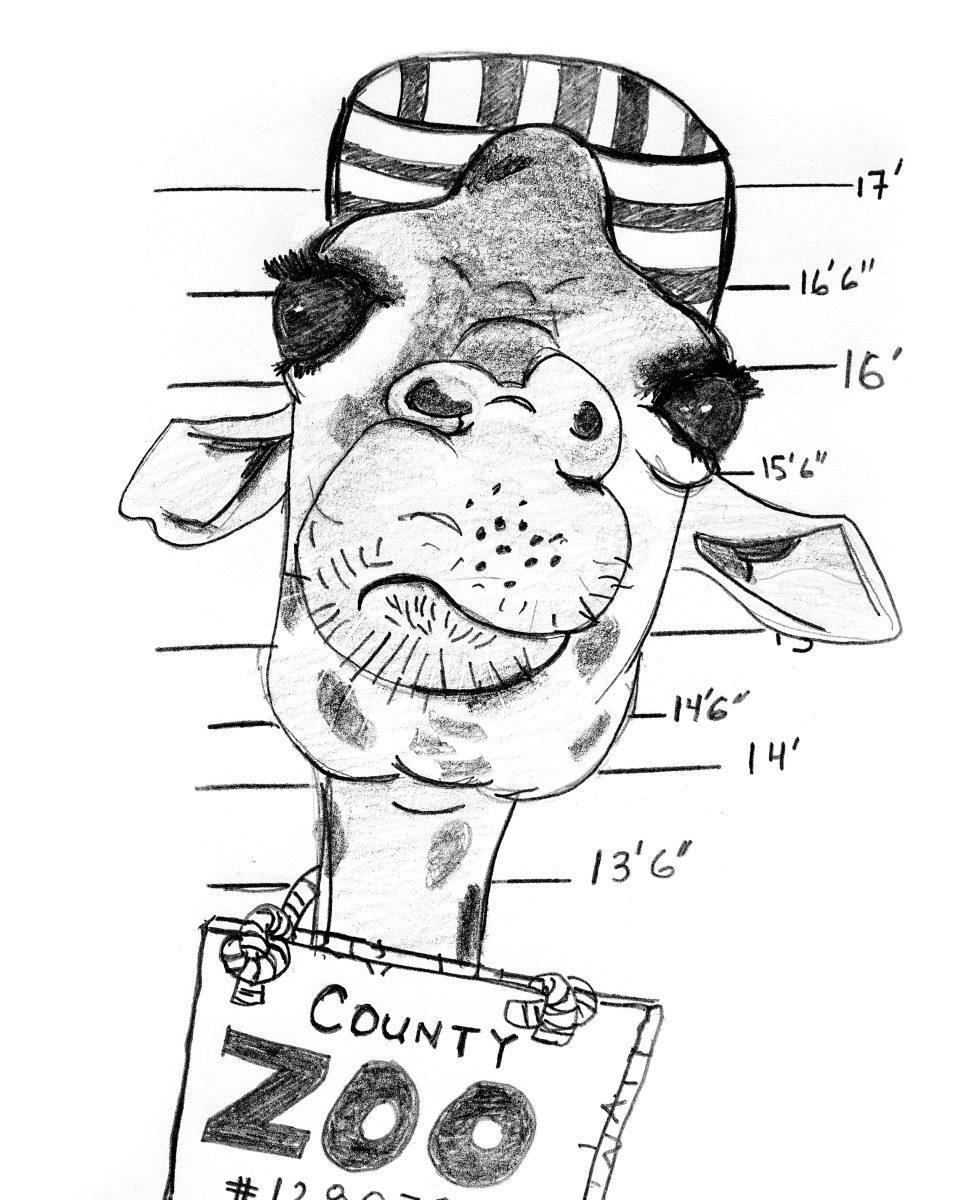As a child, going to the zoo is always such a fun adventure. All the different exhibits allow people to see animals the majority of people wouldn’t be able to see in life if it weren’t for zoos. At the same time, these wild animals don’t belong in zoos.
Seeing little monkeys playing with each other and having an actual polar bear right in front of you is far more entertaining. Unfortunately, this outlook changes as one gets older.
I learned the majority of the extremities that wild animals go through in zoos through an environmental studies class.
One major focus in the class was the habitats, where a specific species are able to adapt in the different regions. The class allows students to see how everything we do as humans affects nature.
Overall, the class works at opening students’ eyes to deforestation and how well-known animals are going toward extinction.
Some causes of animal extinction are due to natural disasters, but others are from human behavior.
However, taking a class where one learns and studies about different types of animals going extinct, how could going to the zoo ever be the same?
The fun and positive energy of the zoo’s adventure turns to sadness.
I can’t help but feel bad for all the animals that are in the exhibits. They don’t belong there, they belong in the wild. Which is why zoos are so entertaining to children, but once you get older you are able to grasp the reality of the situation.
Yes, some animals are brought there as rescues, but once animals are treated they then stay trapped. Instead of being in the wild, they live life in a measured space where they spend their days being stared at.
In a features online article done by People for the Ethical Treatment of Animals titled “13 Times Zoos Were Bad For Animals” the organization brings attention to the cruelty that can lay behind zoos.
One example the article gives is that after a stock of baby animals had fully grown in a Minnesota zoo, because they no longer fit the exhibit’s requirements, they were sent to be in a livestock auction.
What’s worse is zoos hold animals that are currently on the way to being extinct.
As they are used for entertainment, their species slowly grows smaller and smaller. The only way to stop extinction is to not interfere and let nature take control. These animals need to be together in their natural habitats where they can reproduce and raise their offspring.
Although the majority of the time the issue to why these animals are becoming extinct is due to natural disasters but that’s where adaptation comes in, such as survival of the fittest.
“How could any of those animals be happy?” said Amy Unruh, environmental studies major. “Growing up you learn about all the different animals and what regions they are able to live in. So for me, I never understood how something that is used to and suppose to be living in the wild could survive anywhere else.” There’s a high risk for so many different species in context to extinction.
With issues like global warming and sea levels changing, wild animals are suffering the most as their habitats are forced to go through drastic changes.
Some might see a zoo as a way to help keep animals alive and in a safe place, but no matter what the zoo isn’t a natural habitat.
It’s a place divided into different sections where animals are kept so people will pay to see animals that are meant to be in the wild.
That’s what’s so cool about the zoo right?





![[Both photos courtesy of sonoma.edu]
Ming-Ting Mike Lee stepped in as the new SSU president following Sakakis resignation in July 2022](https://sonomastatestar.com/wp-content/uploads/2024/04/CC4520AB-22A7-41B2-9F6F-2A2D5F76A28C-1200x1200.jpeg)




























